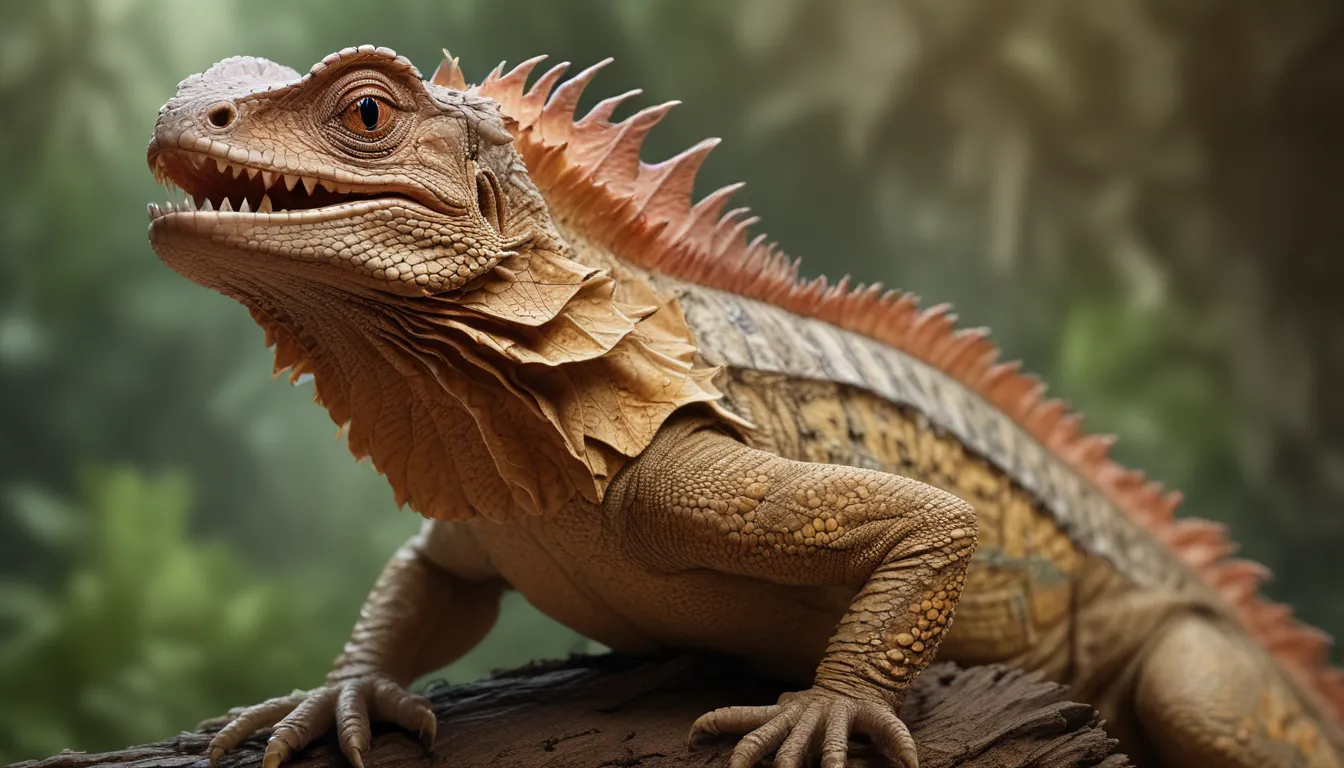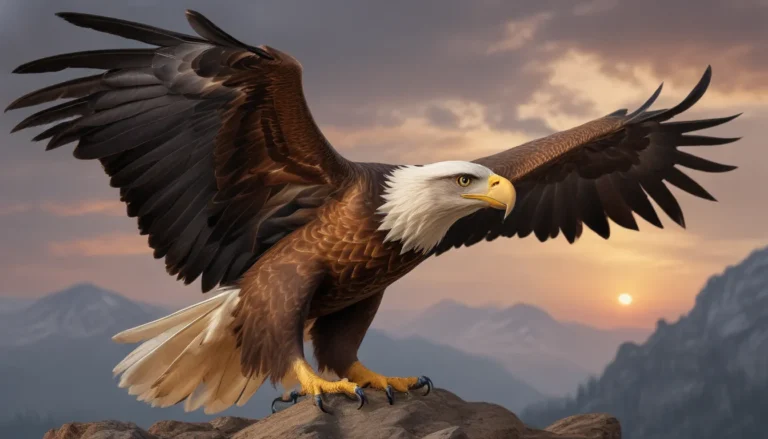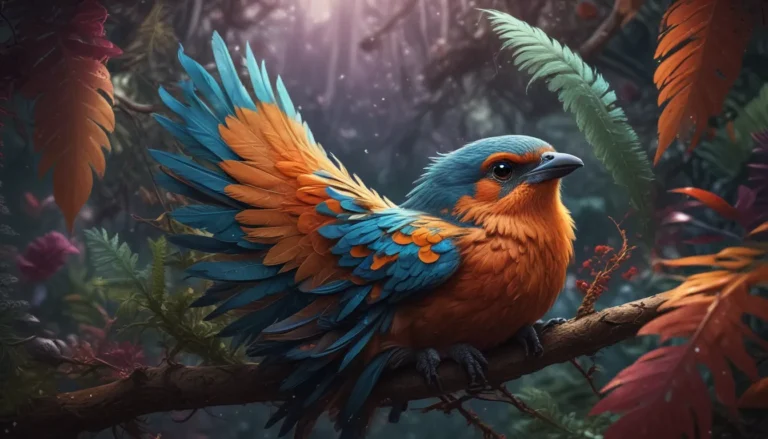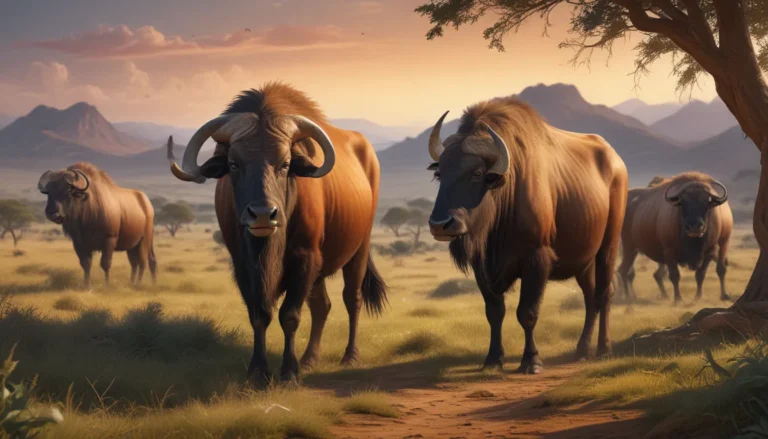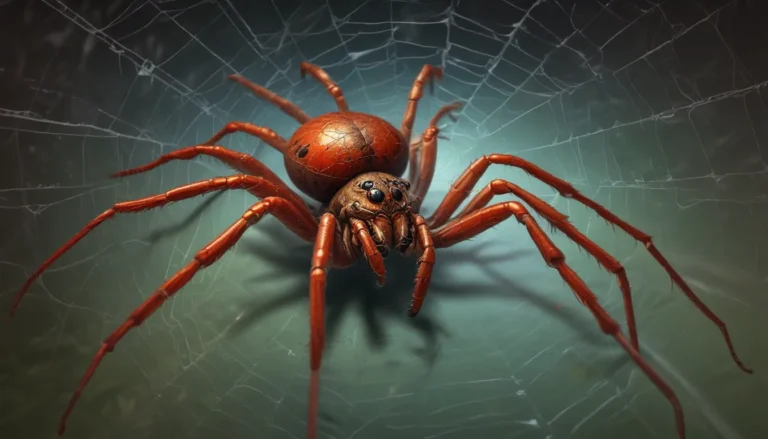The pictures we use in our articles might not show exactly what the words say. We choose these pictures to make you interested in reading more. The pictures work together with the words but don’t take their place. The words still tell you the important facts.
Are you fascinated by the unique reptiles known as frilled lizards? These captivating creatures, native to Australia and New Guinea, are renowned for their dramatic neck frill that sets them apart in the animal kingdom. From their arboreal lifestyle to their intriguing behaviors, frilled lizards have a lot to offer in terms of fascination and discovery. Let's delve into 26 fascinating facts about these remarkable reptiles to enhance your understanding and appreciation of their existence.
Unveiling Frilled Lizard Basics
Frilled lizards, also identified as frill-necked lizards, possess distinctive characteristics that make them truly unique. Let's explore some fundamental facts about these captivating creatures:
- Scientific Name: The scientific name of the frilled lizard is Chlamydosaurus kingii.
- Distinctive Frill: One of the most defining features of frilled lizards is the large frill around their neck, which can be expanded when they feel threatened.
- Size: Adult frilled lizards can reach lengths of up to 3 feet, tail included, showcasing their impressive stature.
- Coloration: Their body color ranges from brown to gray, aiding in their camouflage within their natural habitat.
Habitat Insights and Distribution
Understanding the habitat preferences and distribution of frilled lizards is key to appreciating their survival tactics and adaptation strategies:
- Native Regions: Frilled lizards predominantly inhabit northern Australia and southern New Guinea.
- Preferred Habitat: These reptiles thrive in tropical and warm temperate forests, as well as woodlands and savannas.
- Arboreal Lifestyle: Spending most of their time in trees, frilled lizards descend to the ground solely for hunting or evading threats.
- Territorial Nature: Frilled lizards exhibit territorial behavior, fiercely defending their space from potential intruders.
Behavior Patterns and Dietary Habits
The behaviors and dietary preferences of frilled lizards shed light on their daily routines and survival techniques:
- Diet: Frilled lizards are omnivores, feeding on insects, spiders, small mammals, and occasionally plants.
- Hunting Strategy: Acting as ambush predators, these lizards patiently wait for prey to come within striking distance before pouncing.
- Frill Display: When feeling threatened, frilled lizards unveil their frill, emit a hiss, and stand on their hind legs to intimidate perceived threats.
- Swift Escape: Failing the intimidating display, frilled lizards can swiftly run on their hind legs to evade danger.
Insights into Reproduction and Lifespan
The reproductive habits and lifespan of frilled lizards provide essential information about their species' longevity and continuity:
- Breeding Season: Frilled lizards engage in breeding activities during the wet season, typically from November to March.
- Egg Laying: Female frilled lizards lay clutches of 8 to 23 eggs in burrows excavated in the ground.
- Incubation Period: These eggs require approximately 2 to 3 months to hatch, showcasing the reproductive cycle of these fascinating creatures.
- Lifespan: In their natural habitat, frilled lizards can live for up to 10 years, with the potential for longer lifespans in captivity.
Unveiling Unique Adaptations
Frilled lizards have evolved distinctive adaptations to thrive in their natural environment, showcasing their remarkable ability to survive:
- Thermoregulation: Basking in the sunshine on tree branches aids frilled lizards in regulating their body temperature effectively.
- Camouflage Techniques: Their coloration serves as a superior camouflage against predators while enhancing their hunting capabilities.
- Functional Frill: Beyond intimidation, the frill plays roles in thermoregulation and communication with fellow lizards.
- Climbing Proficiency: Possessing strong limbs and sharp claws, frilled lizards excel at climbing, essential for their arboreal dwelling.
Human Interaction Insights
Frilled lizards exhibit intriguing interactions with humans, from cultural symbolism to scientific study and entertainment:
- Cultural Significance: In certain Aboriginal cultures, frilled lizards hold significance in stories and artistic representations.
- Pet Trade: While occasionally kept as exotic pets, frilled lizards demand specific care and habitat conditions for their well-being.
- Research Subjects: Scientists study frilled lizards to deepen their understanding of reptilian behaviors and physiological mechanisms.
- Tourist Attraction: The unique appearance of frilled lizards makes them popular attractions in wildlife parks and zoos, captivating visitors with their charm.
Conservation Concerns
The conservation status of frilled lizards underscores the importance of preserving their habitats and ensuring their continued existence:
- IUCN Status: Currently classified as Least Concern by the IUCN, frilled lizards are not considered endangered species.
- Threats: Habitat destruction and climate change pose potential threats to the populations of frilled lizards in the wild, highlighting the urgency of conservation efforts.
Delving into the Enigmatic World of Frilled Lizards
Frilled lizards, with their enchanting frills and captivating behaviors, offer a glimpse into the fascinating world of reptiles. These arboreal creatures, found in Australia and New Guinea, exhibit a unique blend of traits that set them apart in the animal kingdom. Whether displaying their intimidating frills or showcasing their agility by running on two legs, frilled lizards never fail to intrigue and inspire curiosity.
In addition to their charismatic presence, frilled lizards play a vital role in their ecosystem by regulating insect populations and maintaining the ecological balance. By understanding and appreciating these remarkable reptiles, we gain valuable insights into the diverse tapestry of life on our planet. So, the next time you encounter a frilled lizard, remember the wondrous facts shared here and share the magic of these captivating creatures with others.
Your Feedback Matters
Your engagement and feedback are integral to our commitment to providing authentic and engaging content. Each fact shared on our platform is contributed by users like you, ensuring a rich tapestry of insights and information. Our dedicated editors meticulously review every submission to maintain the highest standards of accuracy and reliability. Trust in our dedication to quality and authenticity as you explore, learn, and share the wonders of the natural world with us.
